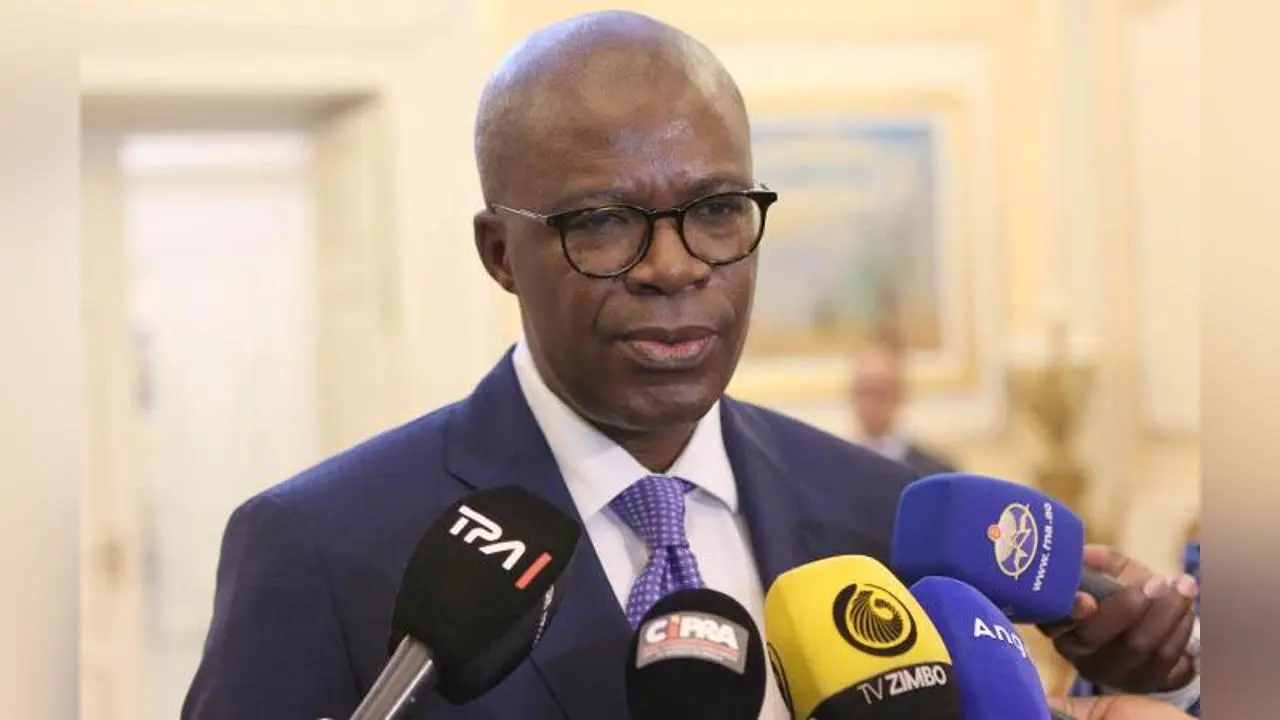Angola’s central bank has increased its benchmark interest rate to 18%, a rise from the previous 17%.
Governor Manuel Tiago Dias announced this decision to address the country’s growing inflation.
This change follows a recent meeting of the Monetary Policy Committee (CPM) in Luanda.
The bank’s strategy includes maintaining a restrictive monetary policy. This approach is essential for achieving the medium-term goal of single-digit inflation rates.
Additionally, the CPM raised the interest rate for the permanent liquidity lending facility to 18.5%. The permanent liquidity absorption facility rate also went up to 17.5%.
Dias emphasized the need for such restrictive policies. They are crucial for aligning with the bank’s medium-term inflation targets.
He also stated that the National Bank of Angola (BNA) would continue monitoring the situation. The bank is ready to implement further measures if necessary.

In another move, the BNA increased the mandatory reserves coefficient in national currency by 18%.
It also eliminated the custodial fee on excess free reserves of banking financial institutions.
Significant foreign currency shortages
Dias noted that this decision comes after observing persistent inflation rates over the past three months.
These rates have consistently been above 2% per month. He cited significant foreign currency shortages and a 37% depreciation of Angola’s currency since May as contributing factors.
The reduction of fuel subsidies, particularly for gasoline, also impacted inflation. Despite the central bank’s initial forecast of a three-month impact, the rise in prices has continued.
Dias reported a surplus in the goods account balance, with a notable decrease compared to last year.
This surplus, amounting to 16.8 billion dollars (15.4 billion euros), reflects a drop in export revenues.
The foreign exchange supply in the market also decreased by 28.7%. As of October, Angola’s international reserves stood at 14.2 billion dollars (13 billion euros).
This amount provides coverage for over seven months of goods and services imports.

